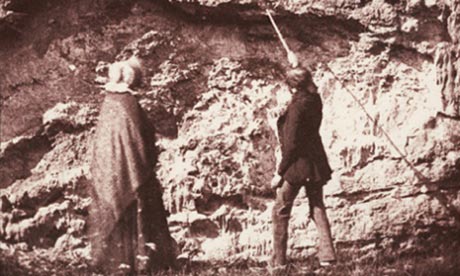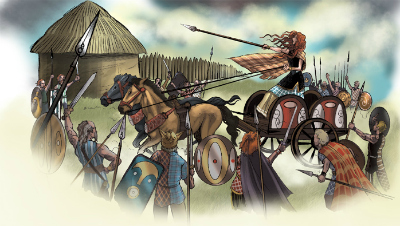'Two twists of smoke at a time of year too warm for cottage fires surprise us at first light, or they at least surprise those of us who've not been up to mischief in the dark. Our land is topped and tailed with flames.'
There's something about the rhythm and order of the words that tells us that this story is set in the past - or at least is not contemporary. 'First light' gives the same clue - it's easily recognisable, but not a common term for dawn: a little more formal than we are used to, perhaps a little biblical. The second sentence shows a delight in the sound of language, picking up on the alliteration which began the first. 'Our land' tells us that we are in a different, rural world, where there is a close relationship between tiller and tilled.
The content is significant too - for these two separate plumes of smoke set in train the disastrous sequence of events which leads to the destruction of the village at the centre of the narrative. At least, they're the triggers. The driver is really the process of enclosing land by the landowners and running sheep on it, which destroys the centuries-old way of life of the villagers.
One plume is from a fire lit by three newcomers. The second is from a fire which takes hold in the master's stable. The narrator, Walter Thirsk, is fairly certain that this second fire was accidentally started by two drunken villagers - but it's convenient to blame the newcomers. The two men are put in the stocks. The woman, daughter to one and wife to the other, becomes an object of fascination and lust to many of the men in the village, but she is enraged and her eventual revenge - her father dies in the stocks - is terrible. But there are others at fault too, chiefly the master's cousin, who actually has legal title to the land and cares only that it should make a profit. There are no heroes in this book. Walter is well-intentioned, but he dithers, and takes too long to do the right thing. The master cares for his people, but he's too weak to save them.
 |
| The author and his book. |
It's a powerful book. It's not very comfortable, but I think it will stay in my mind for quite a while. I like that it's about ordinary, very fallible people, but I don't like that its message seems to be that, in the end, we're all weak, and so if we lose the world we have, it's probably our own fault. I like the way it's written - the prose - but I want the narrative to have more momentum, and I want to care more about the characters.
I suspect that Jim Crace would not call his novel historical fiction, and that interests me too. I can't quite put my finger on what makes it different from historical fiction - if, indeed, anything does. I'd like to hear what others think - has anyone read it?
Sue Purkiss






























































































